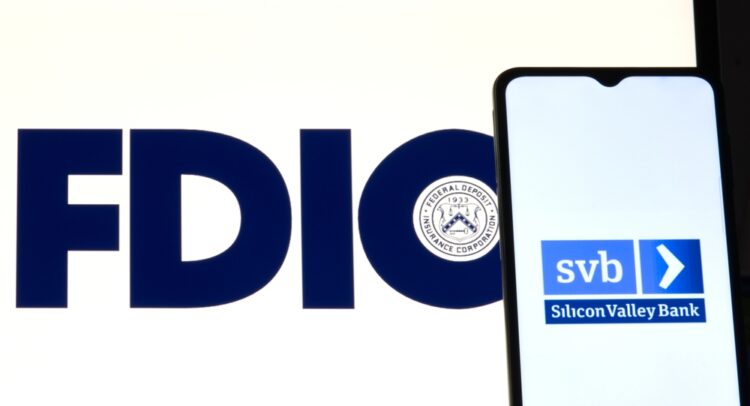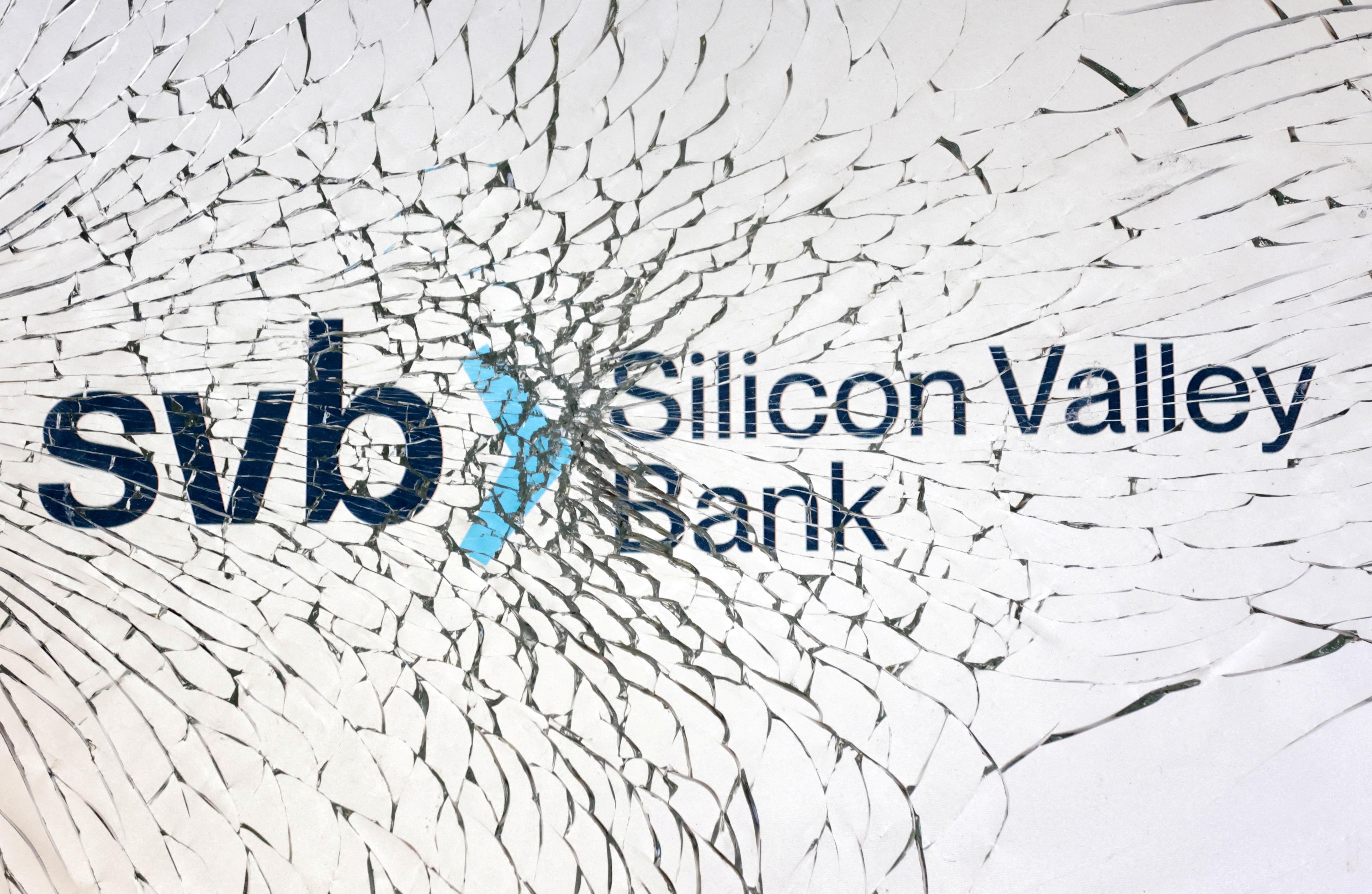The Former Parent Company Of SVB, SVB Financial Group Filed For Chapter 11 Bankruptcy Protection.
The former parent firm of the collapsed Silicon Valley Bank, SVB Financial Group, filed for Chapter 11 bankruptcy protection

The Former Parent Company of SVB, SVB Financial Group, Filed For Chapter 11 Bankruptcy Protection.
We have seen much news about Silicon Valley Bank (SVB) in the past few hours. Since the former parent firm of the collapsed Silicon Valley Bank, SVB Financial Group, filed for Chapter 11 bankruptcy protection, another headline has arisen everywhere.
Generally, a chapter 11 case begins with a petition filed with the bankruptcy court that handles cases in the area where the debtor has a domicile, place of residence, or major place of business. A petition can be involuntarily filed by creditors who meet certain criteria, or it can be voluntary and submitted by the debtor.
In a statement, William Kosturos, chief restructuring officer for SVB Financial Group, stated that the Chapter 11 procedure would allow the company to maintain value while assessing strategic options for its prized companies and assets.
These assets include SVB Capital, the firm’s private credit and venture capital fund, and SVB Securities, a licensed broker-dealer. According to the business, both are still operating and are funded.
![]()
According to the Wall Street Journal, a group of distressed debt investors, largely hedge funds, purchased the bonds of Silicon Valley Bank’s holding company in the hope that bondholders may receive some proceeds after the bankruptcy process is over.
The action would subject SVB Financial, which owns other companies in addition to Silicon Valley Bank, would be subject to a court-supervised process as it auctioned off shares of the investment manager SVB Capital and the brokerage company SVB Securities. These divisions are still in operation and were not included in the bankruptcy case.
The sale of assets regulated by the Federal Deposit Insurance Corporation (FDIC) to compensate depositors of Silicon Valley Bank would take place independently from the bankruptcy proceedings.
SVB Financial stated that it believes it has roughly $2.2 billion in liquidity in a statement. The corporation had a type of share worth $3.7 billion and approximately $3.3 billion in outstanding debt.

A few days ago, the FDIC took control of Silicon Valley Bank, a 40-year-old lender in Santa Clara, California. One of the most well-known lenders to digital start-ups is Silicon Valley Bank, the 16th-largest bank in the country.
Its failure is the biggest in American history and the biggest since the 2008 financial crisis. It had been difficult for the FDIC to locate a buyer for the bank.
The bankruptcy petition sets up a conflict between the FDIC and the creditors of SVB Finance. Both sides will undoubtedly covet the money that SVB Financial makes from the sales of its businesses.
In light of recently started investigations into the bank’s failure by federal prosecutors and U.S. securities regulators, the FDIC is attempting to sell SVB’s assets.
The investigations are still in the early stages, but the authorities’ main focus is likely to be on whether the bank’s officials sufficiently disclosed to investors how much-unrealized loss related to its bond holdings had been building up on the bank’s balance sheet.
Legal experts have predicted that several executive insider stock sales in the weeks leading up to the collapse will also come under scrutiny.
Gregory Becker, the CEO of Silicon Valley Bank who was just fired, exercised options to sell shares for around $3 million in the latter part of February. Using a stock trading plan, Mr. Becker sold those shares.
The restructuring subcommittee of the SVB Financial board is working with consultants from Centerview Partners, Sullivan & Cromwell, and Alvarez & Marsal. As depositors withdrew $42 billion or nearly a fifth of Silicon Valley Bank’s entire deposits, the FDIC assumed control of the bank.
Since then, officials have unsuccessfully tried to sell the bank. According to persons familiar with the sale process, private equity firms have expressed interest in buying SVB’s loan book, but the FDIC is waiting to see if it can find an acquirer for the entire bank.
The shock of the collapse of SVB, the second-largest bank failure in American history, has spread to other local institutions. The major US banks intervened last week to deposit $30 billion into First Republic, a different California-based lender, to strengthen its finances. As a result, shares of this lender have fallen by more than 60%.
To regain the public’s trust in the banking system, the federal government took action to safeguard all bank deposits, including those that were higher than the $250,000 per individual account cap set by the FDIC.
The closure of New York-based Signature Bank and Silicon Valley Bank two days later brought up memories of the financial crisis that nearly 15 years ago sent the United States into the Great Recession.

The collapse of Silicon Valley Bank
A political blame game has been sparked by the failure of Silicon Valley Bank, which is still having an impact on bank equities, exposing unknown pressures, knocking on Credit Suisse, and damaging bank stocks.
As well as the Federal Reserve’s aggressive intention to raise interest rates to fight inflation, Silicon Valley Bank (SVB) was severely impacted by the decline in technology equities over the previous year.
With the deposits from consumers, the bank purchased bonds worth billions of dollars over the last couple of years, just as a traditional bank would.
Even though these investments were generally safe, their value decreased since they carried lower interest rates than a comparable bond would have if it had been issued in the current climate of higher interest rates.
Start-ups and other tech-focused businesses that started becoming more in need of funds over the previous year made up the majority of SVB’s clients.
Due to the lack of available venture capital investment, firms were forced to use their already-placed cash, which was frequently deposited with SVB, which was located in the epicentre of the tech startup universe.
Customers of SVB then started taking their deposits out.
That wasn’t a big deal at first, but as withdrawal requests increased, the bank had to start selling its assets to cover them.
Since the majority of SVB’s clients were rich corporations, they were probably more concerned about a bank failure because their savings exceeded the $250,000 (€234,575) caps set by the US government for deposit insurance.
This necessitated the loss-making sale of ordinarily secure bonds, and as a result, SVB virtually went bankrupt.
The bank looked for outside investors to obtain more money, but it was unsuccessful.
The oldest problem in banking and one of the few things that may definitely destroy a bank, a bank run brought down the expensive tech-focused bank.
To safeguard the assets and depositors still present at the bank, bank regulators were left with no choice but to seize SVB’s assets.
edited and proofread by nikita sharma




